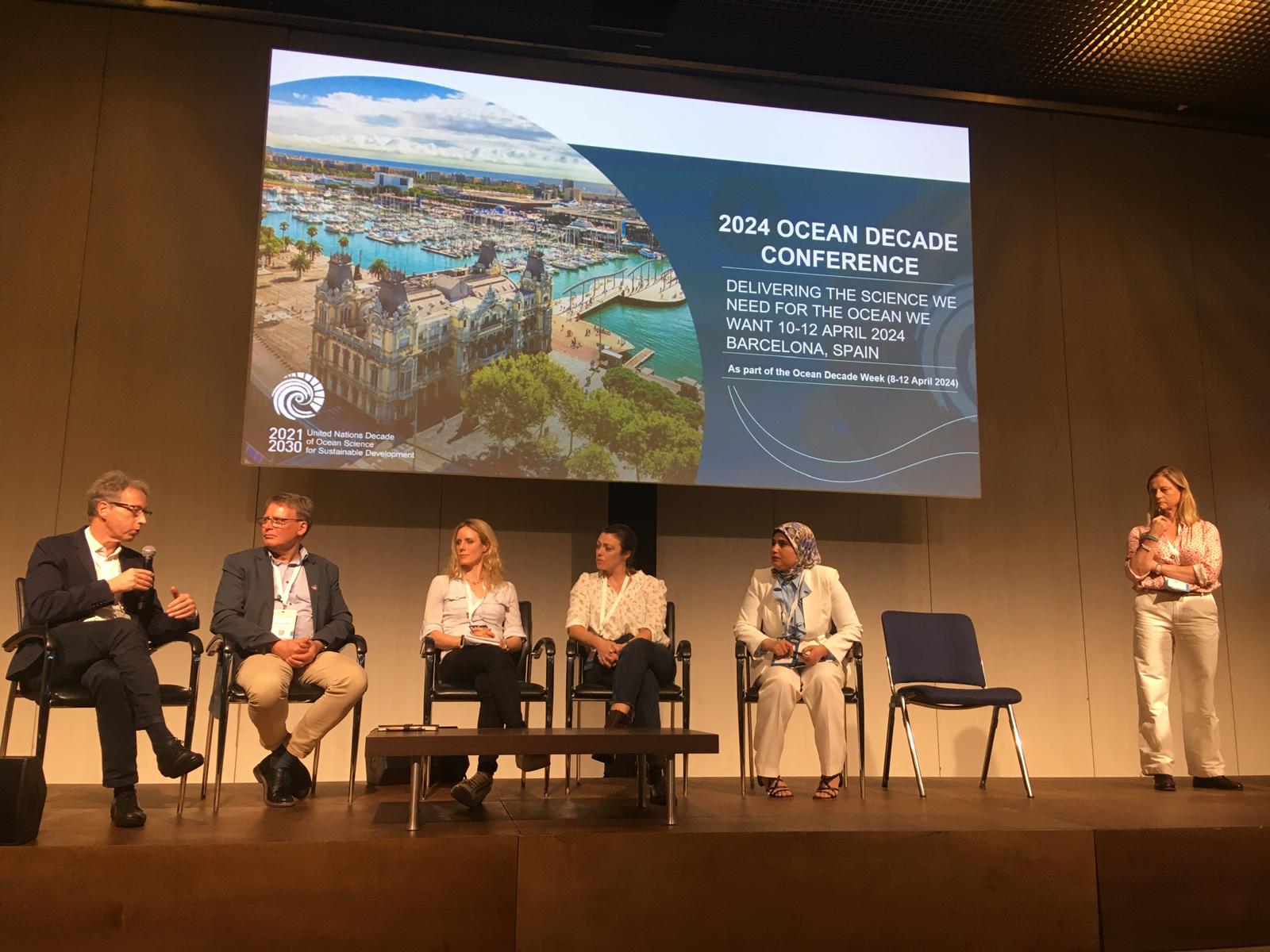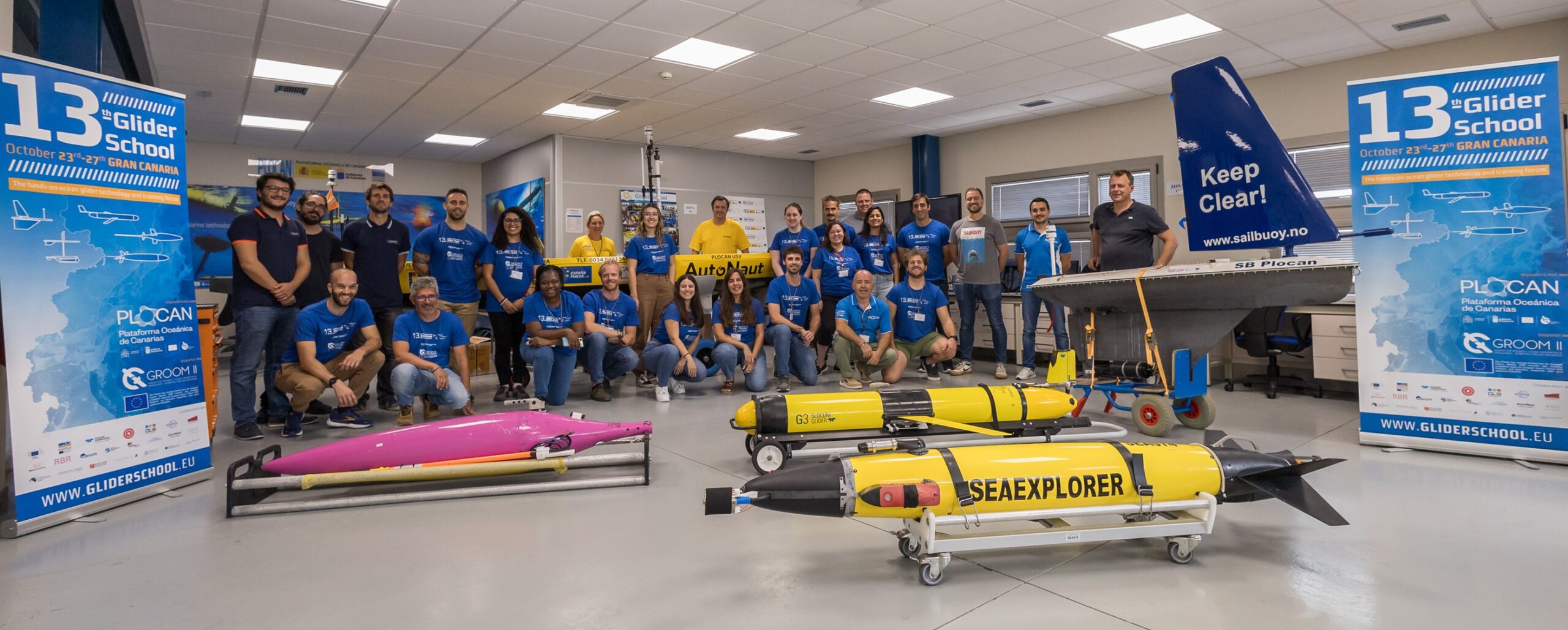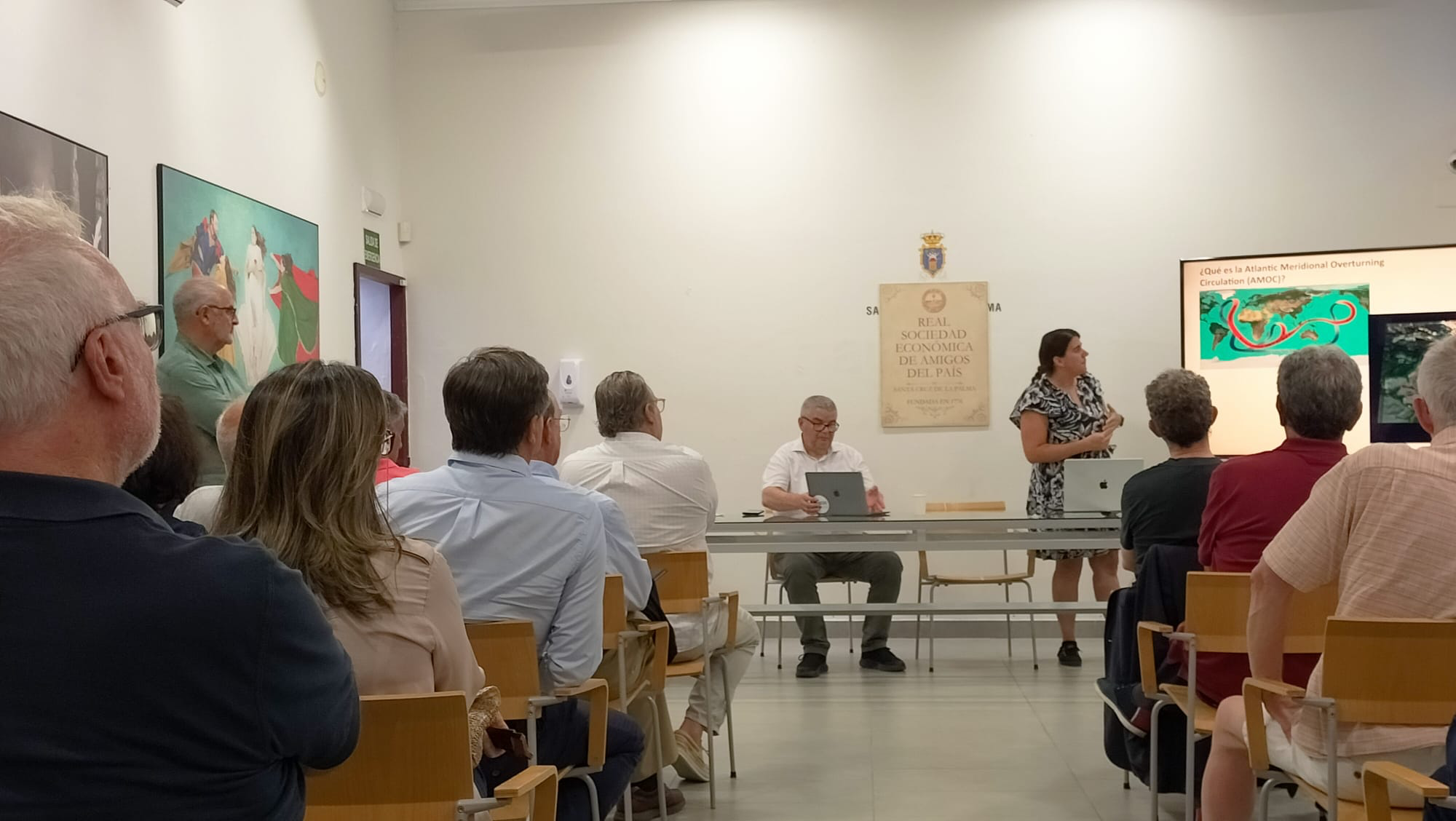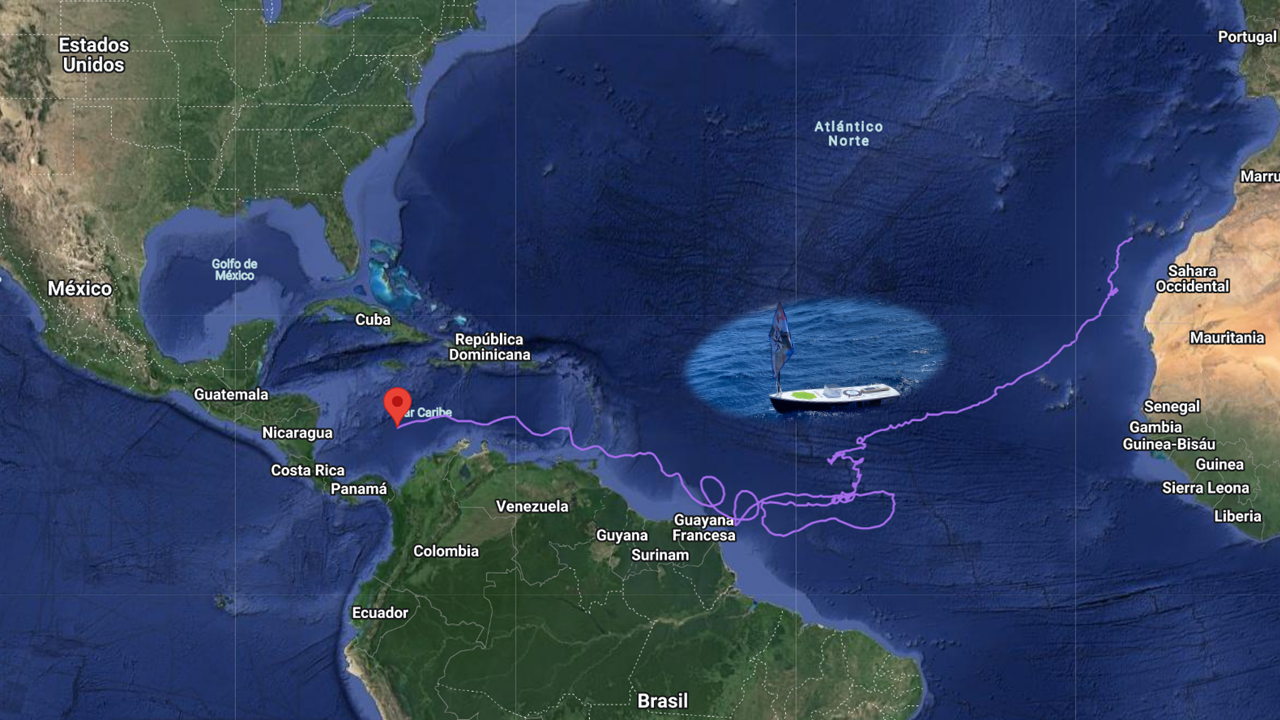FLOTANT project coordinated by PLOCAN, which aims to develop an innovative and low-cost floating offshore wind technology, optimised for deep water (100m-600m) and to sustain a 10+MW wind turbine generator, has recently published a video showing the primary goals of this initiative
Floating offshore wind constitutes one of the most relevant commitment to the future for the electricity generation respecting the Green Deal promoted by the European Commission. The deployment of the floating offshore wind in depth waters presents some technological challenges which are been tackled by this H2020 funded project coordinated by PLOCAN.
Driven by the commitment of leading a more environmentally friendly change and especially with the ocean, PLOCAN adopts a leading role in the research and development within an energy sector which will be protagonist in the change of the energy model.
The video aims to summarise the four pillars over FLOTANT has been built: the problem, the need, the opportunity and objectives.
The ocean represents an inexhaustible and not yet exploited energy resource, especially when we go far away from the shore. Most of the wind resource is allocated in those far waters but the depth establishes a series of technological challenges which should be overcome.
FLOTANT addresses those challenges based on a novel hybrid concrete-plastic floating substructure; new composites, multistranded tethers and polymer springs; lightweight power cables; and other innovations to achieve the goal of a clean energy with an expected LCOE (index which compares the energy efficiency in terms of cost production with other technologies) in the range of 85-95 €/MWh.

FLOTANT has received funding from the European Union’s Horizon H2020 research and innovation programme under grant agreement No. 815289



